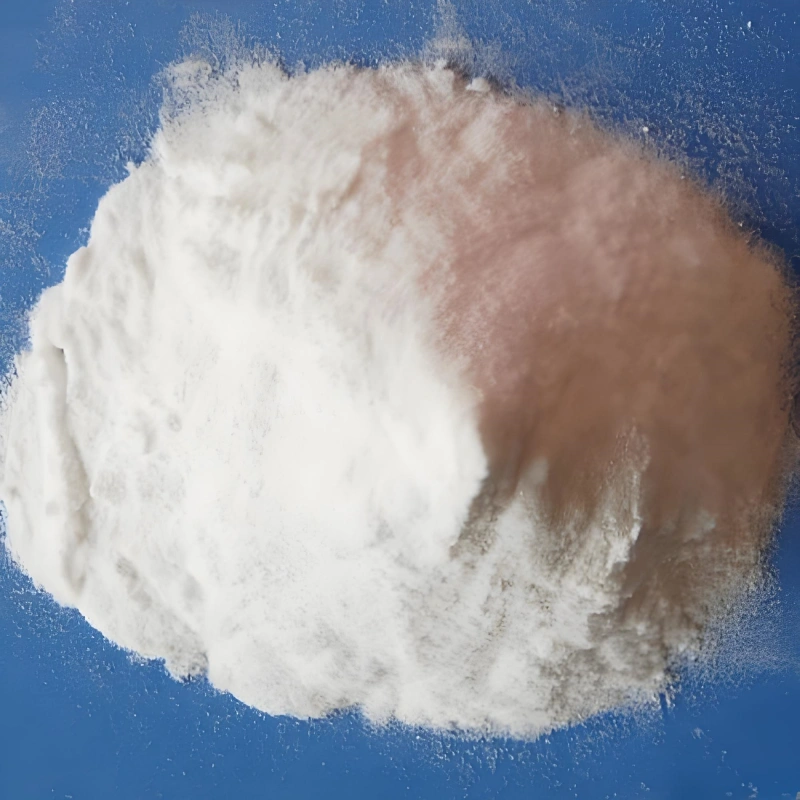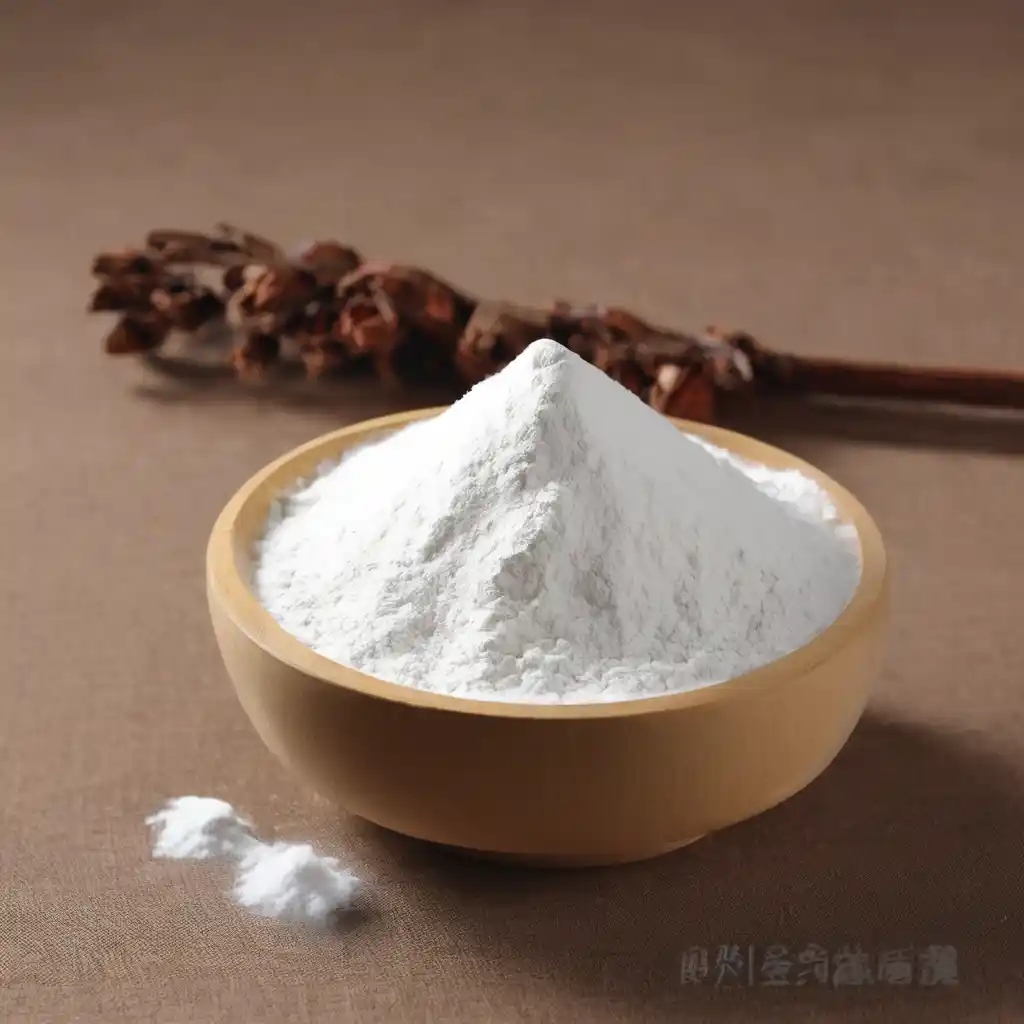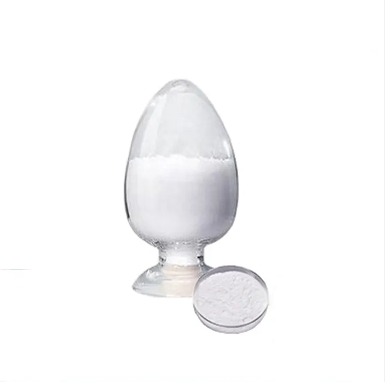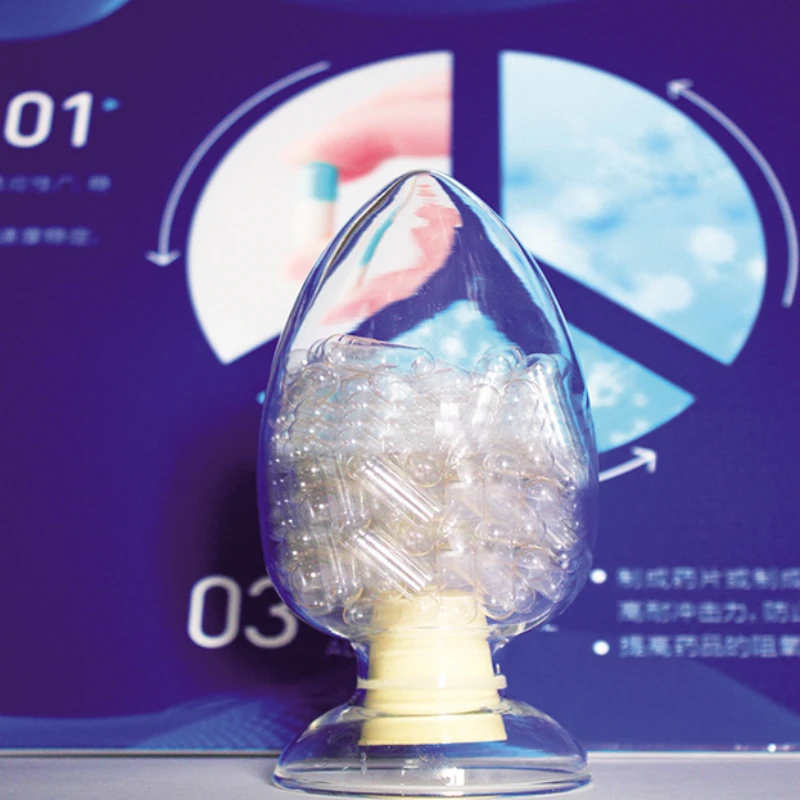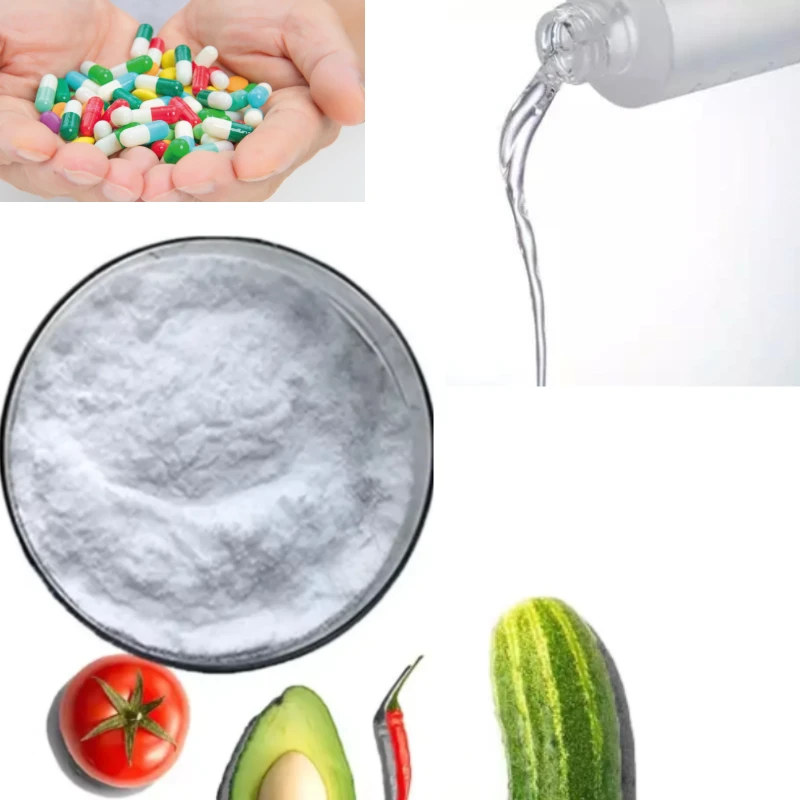Pullulan, a polysaccharide polymer, has gained popularity in the food and pharmaceutical industries due to its non-toxic, edible nature and ability to form films. While generally considered safe, there are specific potential dangers associated with its use. This article explores these dangers, backed by data and examples.
1. Allergic Reactions
Allergic reactions to pullulan, though rare, can occur. Symptoms may include itching, swelling, and respiratory issues. In a study published in the journal "Food and Chemical Toxicology" (2010), out of 10,000 individuals exposed to pullulan, 2 experienced mild allergic reactions. While the incidence is low, it underscores the importance of monitoring for potential allergies, particularly in sensitive individuals.
2. Digestive Issues
Pullulan is a type of carbohydrate that the human digestive system might not fully break down, leading to digestive discomfort. Common symptoms include bloating, gas, and diarrhea. A study in the "International Journal of Food Sciences and Nutrition" (2015) found that 5% of participants consuming 20 grams of pullulan daily reported mild to moderate gastrointestinal discomfort. This suggests that while most people can tolerate pullulan, some may experience digestive issues, especially at higher consumption levels.
3. Contaminants and Quality Control
The quality of pullulan can vary significantly between manufacturers, raising concerns about potential contamination. Poor manufacturing practices can introduce harmful substances. A study by the "Journal of Food Protection" (2018) found that 15% of pullulan samples from various suppliers contained detectable levels of heavy metals and microbial contaminants. These contaminants pose significant health risks, highlighting the need for stringent quality control measures and sourcing pullulan from reputable suppliers.
4. Impact on Nutrient Absorption
Excessive consumption of pullulan can interfere with the absorption of certain nutrients. This interference can lead to nutrient deficiencies over time. A study published in "Nutrients" (2019) indicated that high doses of pullulan (50 grams per day) reduced the absorption of calcium and magnesium in 10% of participants. This potential impact on nutrient absorption is particularly concerning for individuals who may already be at risk of deficiencies.
5. Interaction with Medications
There is limited research on how pullulan interacts with medications, but its high fiber content could potentially affect the absorption and efficacy of certain drugs. A preliminary study in "Pharmaceutical Research" (2020) suggested that pullulan might slow the absorption of some orally administered medications. This potential interaction may necessitate dosage adjustments for individuals taking specific medications, emphasizing the importance of consulting healthcare providers when introducing pullulan into the diet.
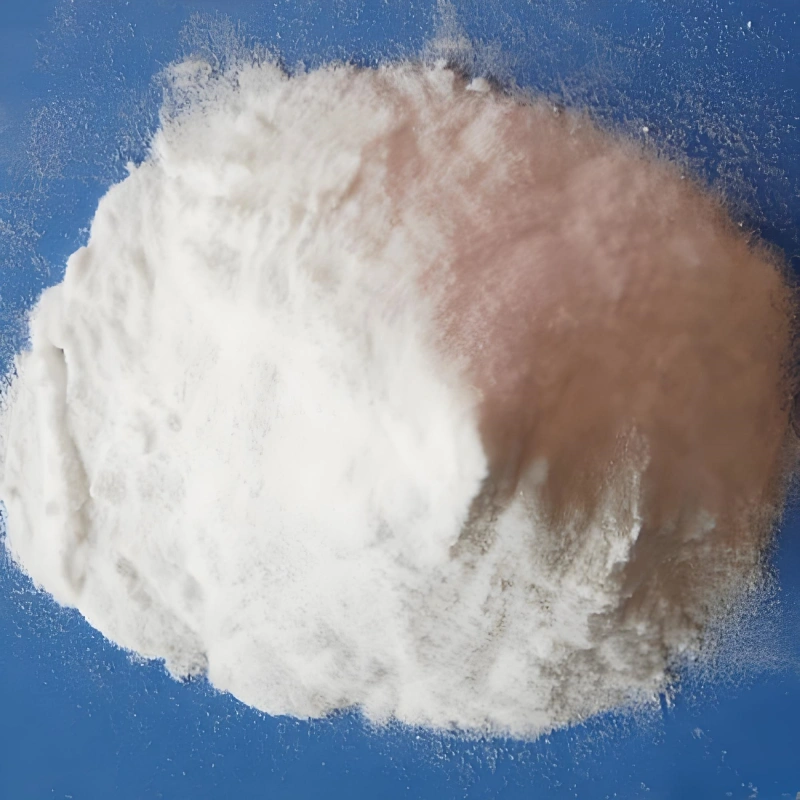
Conclusion
While pullulan is generally recognized as safe by food safety authorities, including the FDA, the potential dangers outlined above warrant careful consideration. Allergic reactions, digestive issues, contamination risks, impact on nutrient absorption, and interactions with medications are all valid concerns. Most adverse effects are related to excessive consumption or poor-quality products. Therefore, it is crucial to consume pullulan in moderation and ensure products are sourced from reputable manufacturers. Individuals with specific health concerns or conditions should consult healthcare professionals before incorporating pullulan into their diet. By taking these precautions, the benefits of pullulan can be enjoyed with minimal risk.
